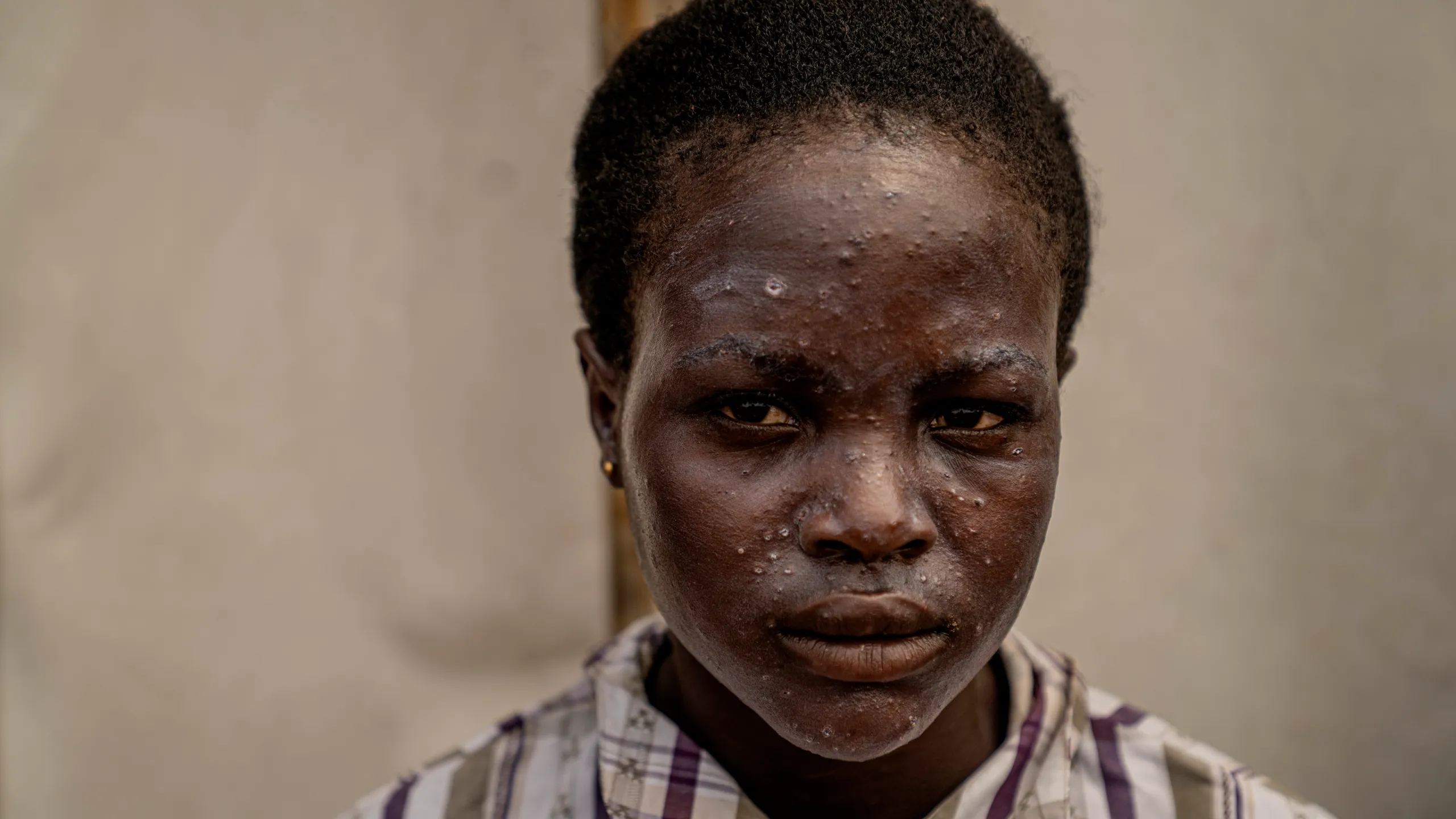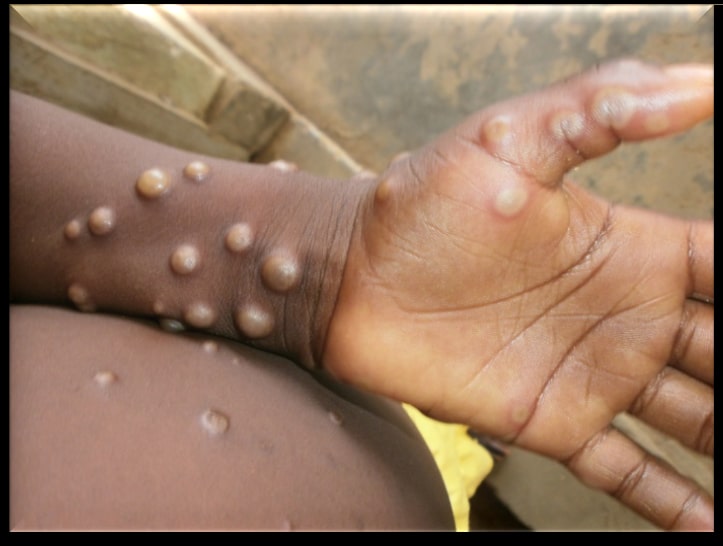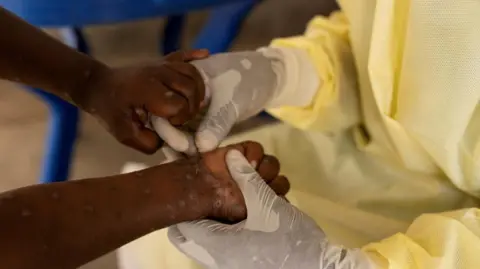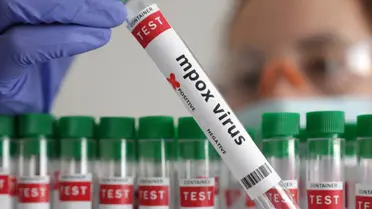Mpox Cases, historically referred to as monkeypox, has become a focal point of global health concerns in recent years due to its emergence and spread in regions where it was previously rare or non-existent. Although the disease was once primarily confined to Central and West Africa, recent outbreaks have seen mpox cases reported in numerous countries across Europe, North America, Asia, and beyond. This article explores the current state of mpox cases, the challenges faced in controlling its spread, and the global response to this zoonotic disease.
Understanding Mpox Cases: Origins and Symptoms

Mpox Cases is caused by the monkeypox virus, a member of the Orthopoxvirus genus, which also includes the viruses responsible for smallpox and cowpox. The virus was first discovered in 1958 when outbreaks occurred in colonies of monkeys kept for research—hence the name “monkeypox.” However, it is important to note that rodents, not monkeys, are the primary reservoir of the virus in the wild.
The first human case of mpox was recorded in the Democratic Republic of Congo in 1970. Since then, sporadic cases have been reported in rural and rainforest areas of Central and West Africa. The virus typically spreads to humans through direct contact with the blood, bodily fluids, or cutaneous or mucosal lesions of infected animals. Human-to-human transmission can occur via respiratory droplets, contact with body fluids, or indirect contact through contaminated materials such as bedding or clothing.
Symptoms of mpox include fever, headache, muscle aches, back pain, swollen lymph nodes, chills, and exhaustion. Within a few days of the fever, patients develop a rash, which progresses from macules to papules, vesicles, pustules, and finally, crusts. The illness typically lasts two to four weeks, and while most cases are mild, severe cases can occur, particularly in immunocompromised individuals and children.
Recent Outbreaks and the Global Spread of Mpox Cases
The global landscape of mpox changed dramatically in 2022 when an outbreak occurred in multiple countries outside of Africa, where the disease was not previously endemic. This marked the first time that significant numbers of cases were reported in non-endemic countries, signaling a shift in the epidemiology of the disease.
In May 2022, the United Kingdom reported several cases of mpox in individuals with no history of travel to endemic regions. This was followed by reports from numerous other countries, including the United States, Canada, Spain, Portugal, and Germany. By the end of 2022, over 70 countries had reported mpox cases, with more than 80,000 confirmed cases worldwide.
The 2022 outbreak was particularly concerning due to the higher rate of human-to-human transmission, which had not been previously observed on such a large scale. Unlike earlier outbreaks that were primarily linked to zoonotic transmission, the 2022 outbreak saw significant transmission among humans, raising concerns about the potential for the virus to establish itself in new regions.
Challenges in Controlling the Spread of Mpox

Containing the spread of Mpox Cases presents several challenges, particularly in regions where the virus is not endemic. One of the primary challenges is the lack of widespread immunity. The smallpox vaccine, which provides some cross-protection against mpox, has not been routinely administered since the global eradication of smallpox in 1980. As a result, many people born after that time have no immunity to the monkeypox virus, increasing their susceptibility to infection.
Another challenge is the difficulty in diagnosing mpox, especially in its early stages. The initial symptoms of mpox are similar to those of many other viral infections, such as chickenpox, smallpox, and other pox-like illnesses. This can lead to delays in diagnosis and isolation of infected individuals, allowing the virus to spread further. Additionally, the long incubation period of mpox, which can range from 5 to 21 days, complicates efforts to trace and contain outbreaks.
The stigma associated with mpox also poses a significant barrier to controlling the disease. In some regions, fear of discrimination may prevent individuals from seeking medical care or reporting symptoms, which can hinder public health efforts to identify and isolate cases. Public health messaging must therefore be carefully crafted to address misconceptions and reduce stigma, encouraging affected individuals to seek care without fear of reprisal.
Global Response to Mpox Cases Outbreaks
The global response to Mpox Cases has been multifaceted, involving efforts to improve surveillance, increase vaccination coverage, and promote public awareness. The World Health Organization (WHO) has played a central role in coordinating these efforts, providing guidance on case management, laboratory testing, and infection prevention and control.
One of the key strategies in the global response has been the use of ring vaccination, a technique that involves vaccinating all individuals who have been in close contact with a confirmed case. This approach was successfully used during the smallpox eradication campaign and has been employed in the response to mpox outbreaks. However, the success of ring vaccination depends on the availability of vaccines and the speed with which they can be administered.
In response to the 2022 outbreak, several countries began administering the smallpox vaccine to high-risk populations, including healthcare workers, laboratory personnel, and close contacts of confirmed Mpox Cases. In addition to vaccination, public health authorities have emphasized the importance of rapid testing and isolation of suspected cases to prevent further spread of the virus.
Research efforts are also underway to develop more effective vaccines and treatments for Mpox Cases. The JYNNEOS vaccine, which is a modified vaccinia Ankara (MVA) vaccine, has been approved for use in preventing mpox, but its availability remains limited. Antiviral treatments, such as tecovirimat, have shown promise in treating severe cases of mpox, but more research is needed to determine their efficacy and safety in different populations.
Future Outlook and Preparedness

The recent global spread of mpox has highlighted the need for ongoing vigilance and preparedness in the face of emerging infectious diseases. As the world becomes increasingly interconnected, the potential for zoonotic diseases like mpox to cross borders and cause widespread outbreaks is a growing concern.
Looking ahead, it will be crucial for public health authorities to strengthen surveillance systems, improve diagnostic capabilities, and ensure that vaccines and treatments are available to those who need them. International collaboration will also be essential in addressing the global threat posed by mpox and other emerging infectious diseases.
The Mpox Cases outbreaks of recent years have underscored the importance of preparedness and the need for a coordinated global response. By learning from the challenges and successes of these efforts, the international community can better equip itself to prevent and respond to future outbreaks, ultimately reducing the impact of mpox on public health latoto.
Conclution Mpox Cases
While Mpox Cases remains a significant public health challenge, the lessons learned from recent outbreaks provide valuable insights into how the disease can be managed and controlled. Continued research, surveillance, and public health interventions will be key to ensuring that mpox does not become a permanent fixture in the global landscape of infectious diseases.
Read More Article About “Dewa Zeus Kuasa: Pengaruhnya Terhadap Mitologi dan Ekonomi dalam Kehidupan Modern”
